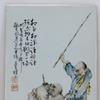Fine Art Daily - July 19, 2010
- July 19, 2010 05:06
uly 19, 2010
8-10 Tradd Street
The Lamboll Double Tenement
I was strolling up the East Battery one morning, before all the tourists mobbed the place, smug because I had snagged a legal parking place. I was enjoying the relative quiet - the only other people around were gardeners who were tending their tidy gardens, some with hoses and clippers and one perfectionist with a weed whacker and a patch of grass that refused to conform itself to his pictured ideal.
I wandered off the main road and was tiptoeing along Tradd Street when I had an encounter that usually only happens in gauzy movies - the plot advanced through the introduction of an unlikely stranger. A plump man carrying a paper bag, hurrying along the sidewalk asked if I was enjoying my morning. He wore a white shirt and a tie - even the early morning temps were pretty blistering - so I hoped that his office was nearby. "I'm a horticulturalist, you know," he drawled. "There are some really spectacular window boxes down the next block, and along the left hand side!" And with a cheery farewell he shot off, rather like the White Rabbit.
This is one on the right hand side - a very historic house which was one of the first preserved by the Society for the Preservation of Old Dwellings, now called The Preservation Society of Charleston:
"Miss Susan Pringle Frost, a real estate agent and a proponent of preservation, left an indelible mark on the city. Among her many activities, in 1918, she owned and renovated the double tenement building at 8-10 Tradd Street. Charleston merchant Thomas Lamboll built the masonry structure circa 1726, according to surviving land grants. The gambrel (or Dutch gable roof) is a rare Charleston architectural element today, but quite common here during the 1700s. Many were lost to demolitions in the early 1900s. The original frame upper story and roof were heavily damaged by fires in the mid-18th century and rebuilt circa 1781. As a footnote, owners rarely occupied tenements, and major city fires occurred in 1740 and in 1778 and both would have impacted this address."
I love the quivering liquid of the wide window panes and the riot of unrestrained color of the plants. Tomorrow I will show you the serendipitous plantings I discovered because of Mr. H.
http://www.preservationsociety.org/



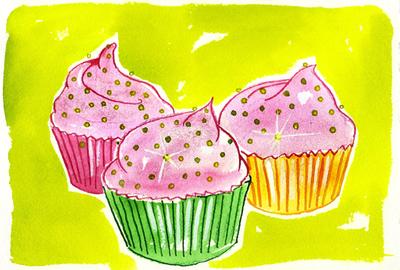
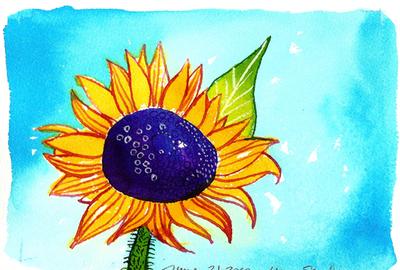
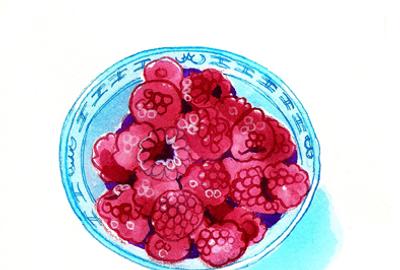
100x100_n.jpg)
100x100_c.jpg)

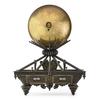







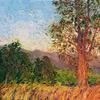
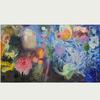
100x100_c.jpg)
